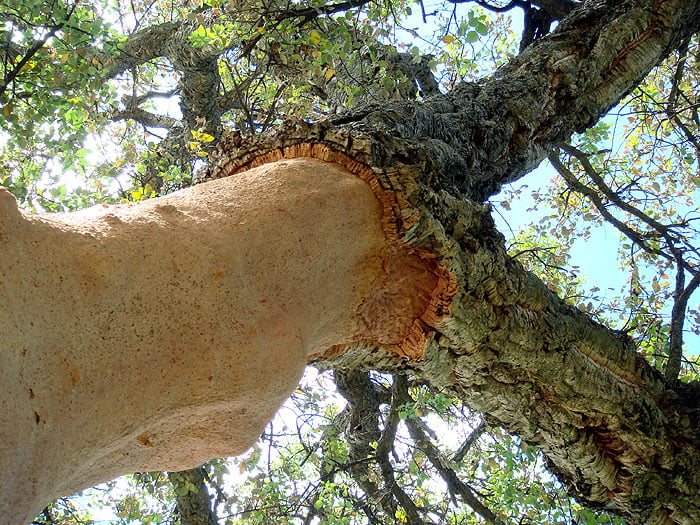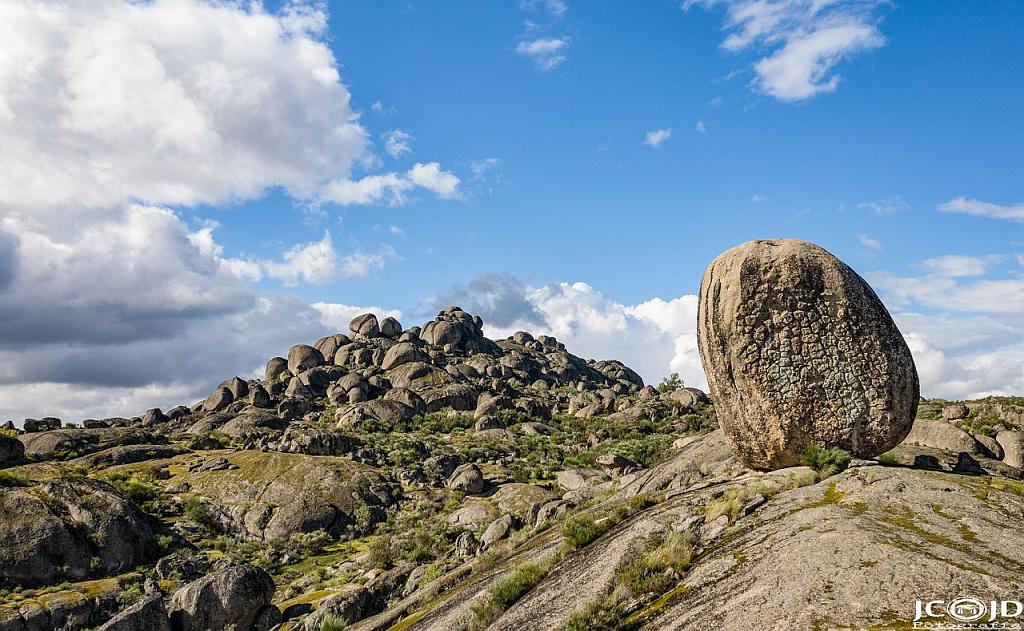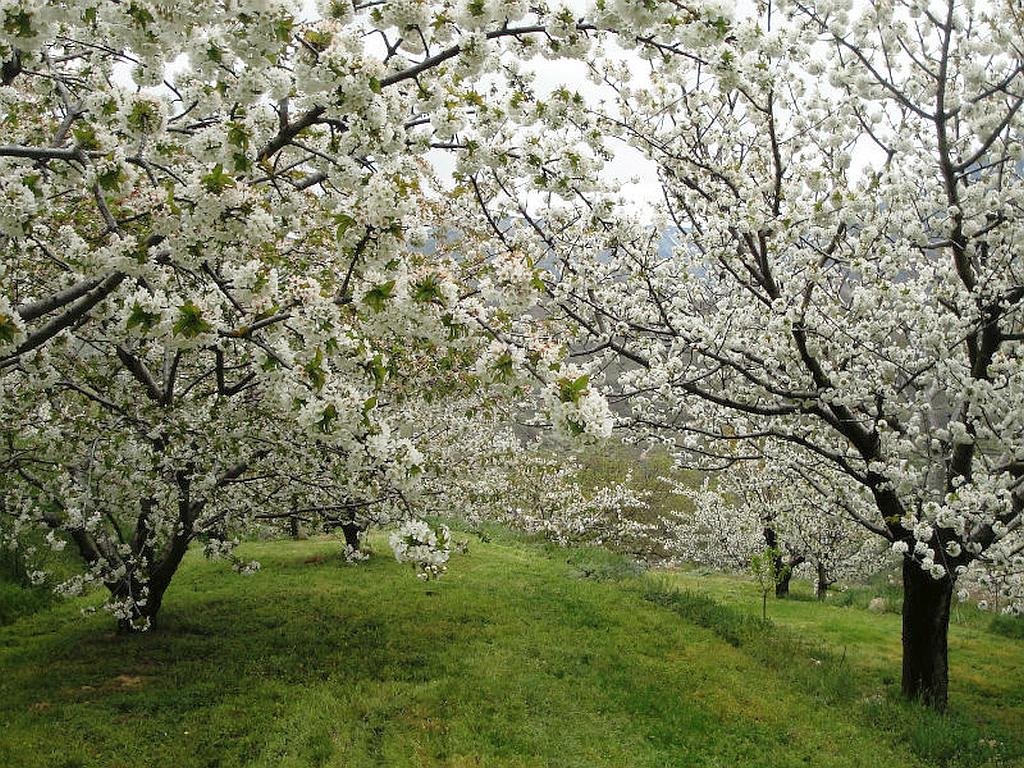The region of Extremadura is about the same size as Switzerland and is made up of two large, sparsely-populated provinces – Cáceres and Badajoz. Passing through Extremadura you may well encounter areas containing splendid oak trees. They appear at first glance to be a natural landscape with majestic trees scattered over rolling hills, but in fact they are carefully cultivated and managed. This is the dehesa of Extremadura.
“Dehesa” is the name given to these expansive areas of farmland consisting of groves of low density, mature oak trees. The spaces between the trees are used to cultivate cereals and as pasture for grazing livestock.
I’ve been living in this lovely area of Western Andalucia for the last 20 years or so and dedicate most of my time to the running of English language tourist information websites for the towns of Cádiz, Ronda, Grazalema, the famous or infamous Caminito del Rey, and also Wildside Holidays, which promotes sustainable and eco-friendly businesses running wildlife and walking holidays in Spain. My articles contain affiliate links that will help you reserve a hotel, bus, train or activity in the area. You don’t pay more, but by using them you do support this website. Thankyou!


